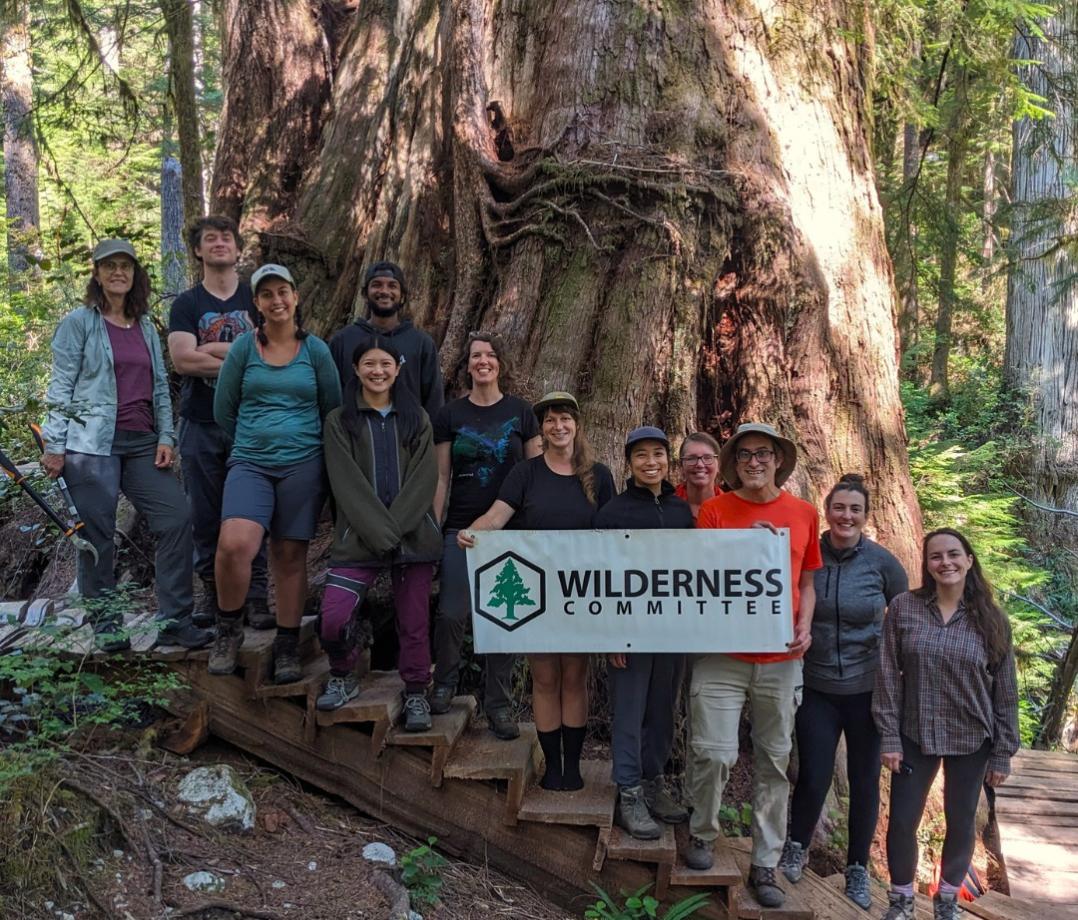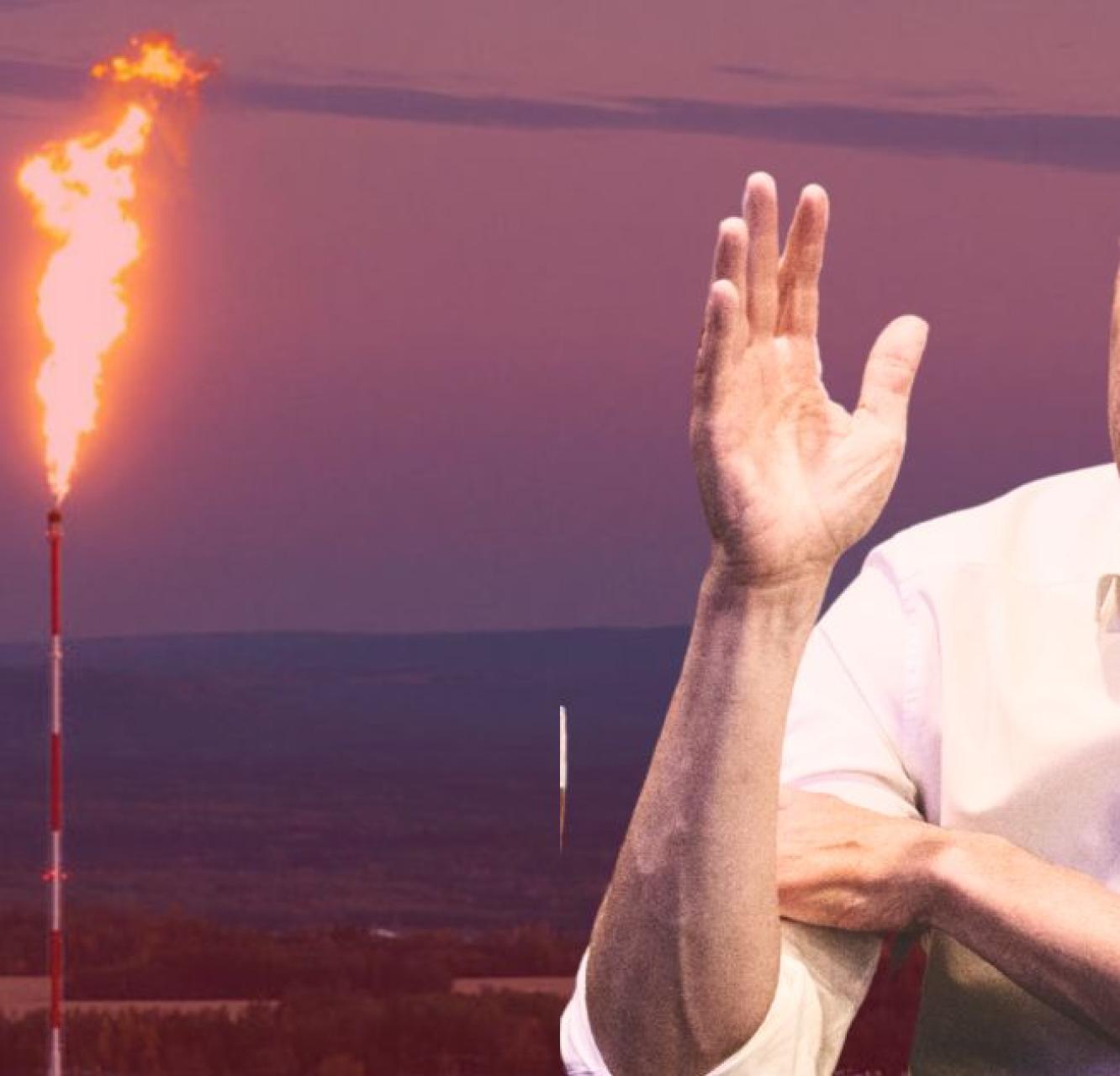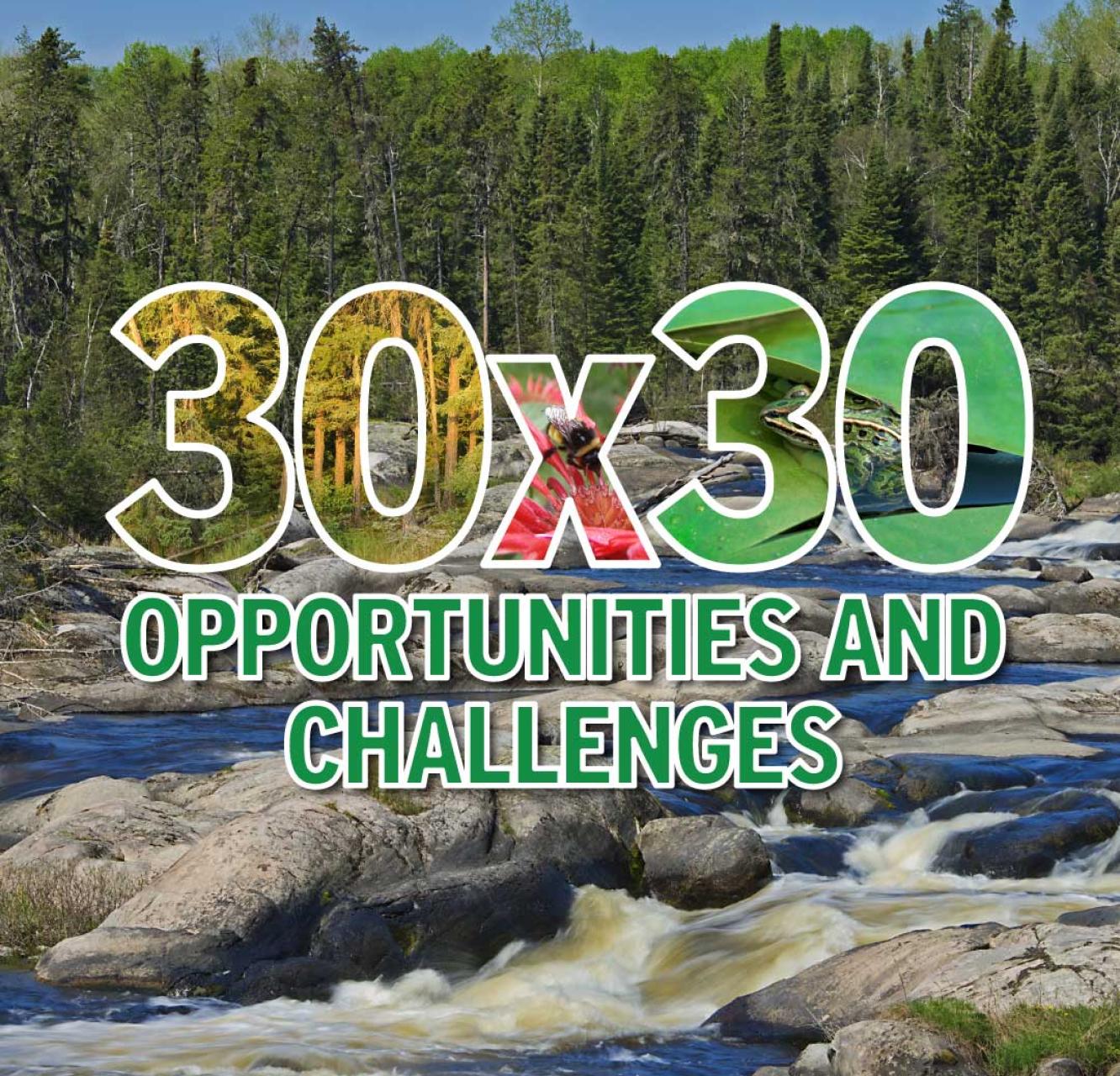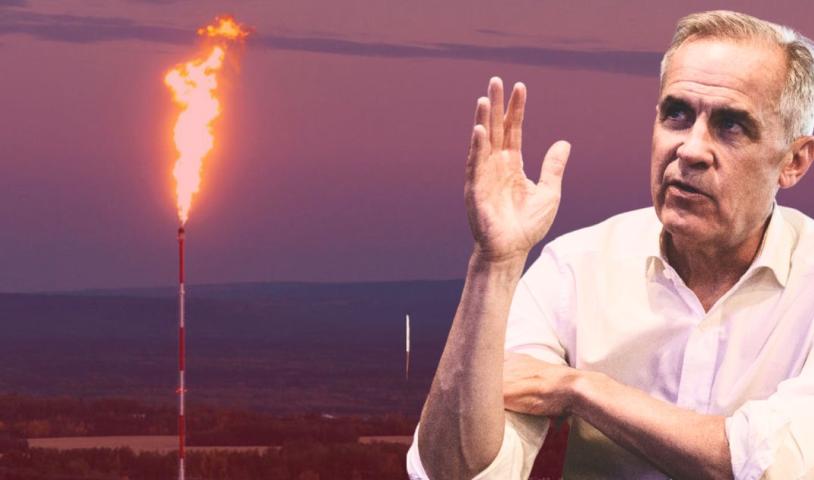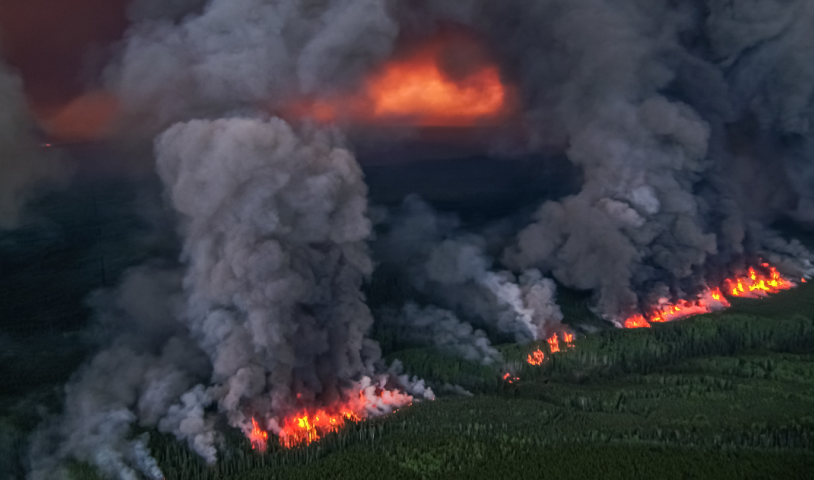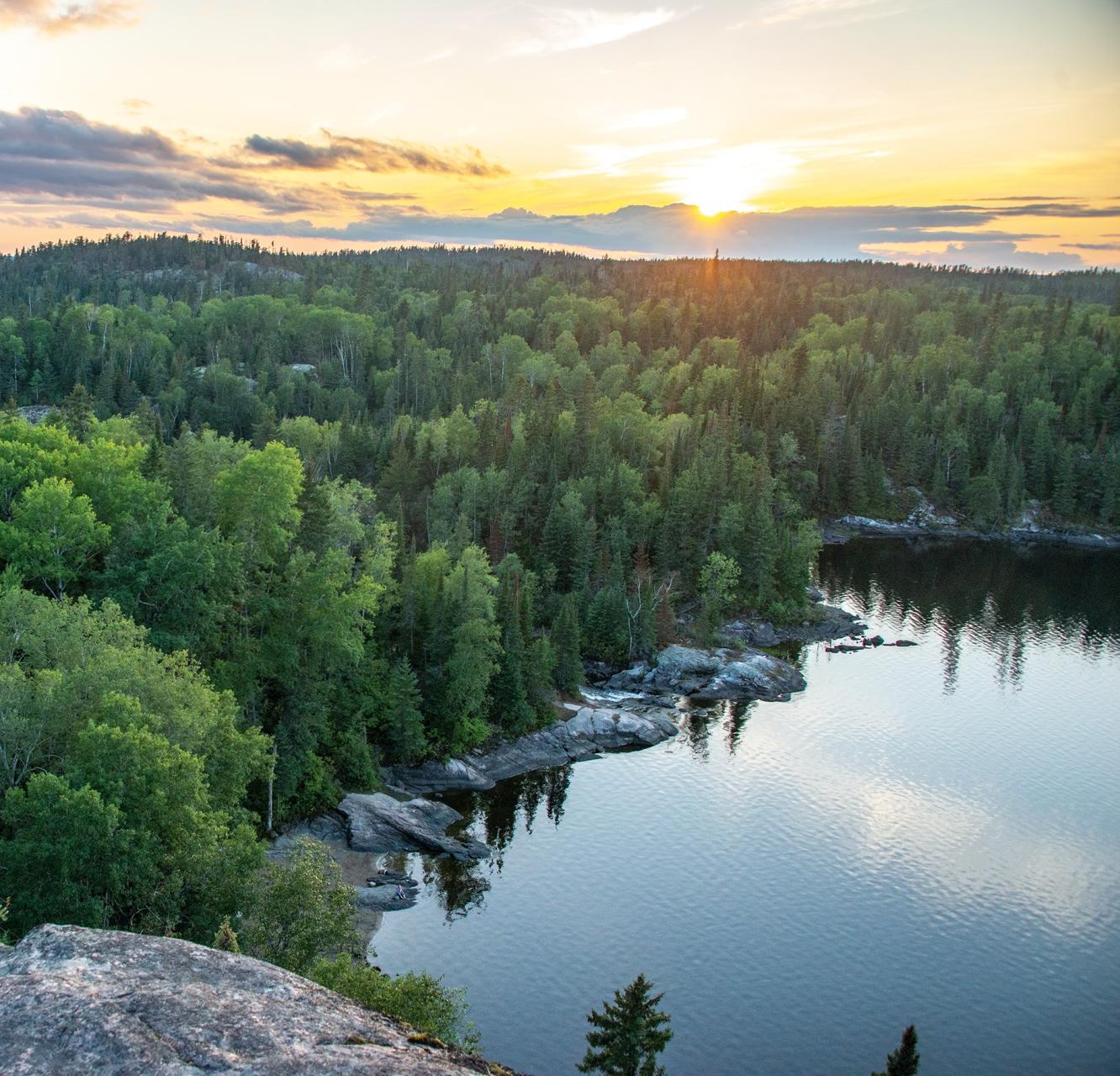BC Conservation Vision
Protecting 30x30
Our conservation vision for B.C. is to see half the province granted protected area status to provide a secure future for wildlands and wildlife. Since our beginnings back in 1980, we’ve seen the protected areas in B.C. more than double in size, from just six per cent of the province to over 15 per cent. The federal government has pledged to work with B.C. and First Nations to attain 30 per cent protection of lands and waters by 2030.
Reaching this goal will require a bold effort to design and establish a vast, province-wide protected area system that must be twice as extensive by 2030. Together, we’ll ensure this happens.
Take Action
Protect Argenta Face now!
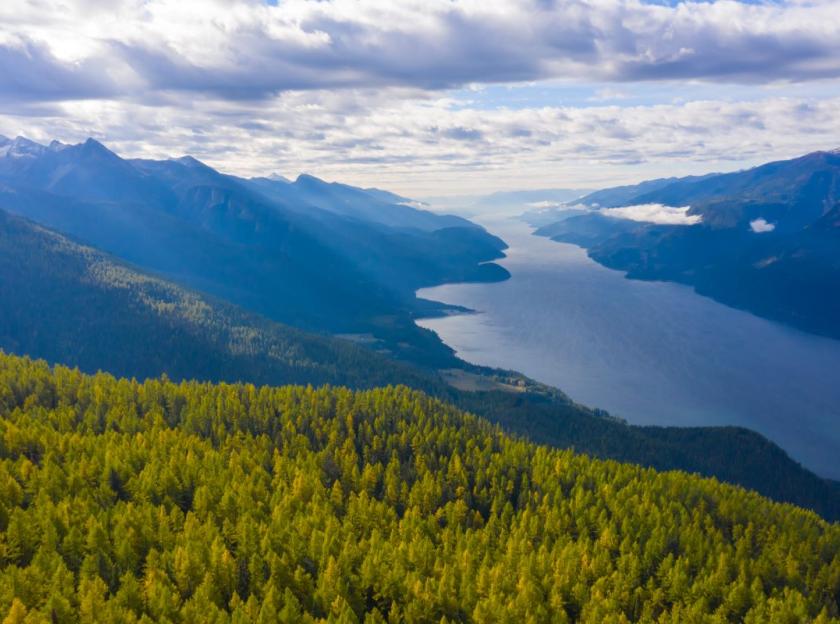
All the ways to get there
We need more provincial parks and reserves, national parks, tribal parks, Indigenous Protected and Conserved Areas (IPCAs), conservancies and ecological reserves, each of which qualifies as a protected area in B.C., provided they protect the lands and waters from destructive industrial development.
The variety of protected area types in B.C. reflects the biodiversity within the province. Ecological reserves preserve special natural features such as rare forests or wetlands; while you can’t hunt or fish in them, you can wander through them on a day hike. IPCAs are proposed and managed by First Nations to safeguard both nature conservation and their rights to look after their own lands. Provincial and national parks and reserves serve dual purposes: nature conservation and providing outdoor recreation, which significantly contributes to the province’s thriving tourism industry. Campgrounds, hiking trails and beaches with picnic spots are often found within these spots, alongside critical habitat for many wild species.
Together, these and other designations make up the protected area system in B.C.
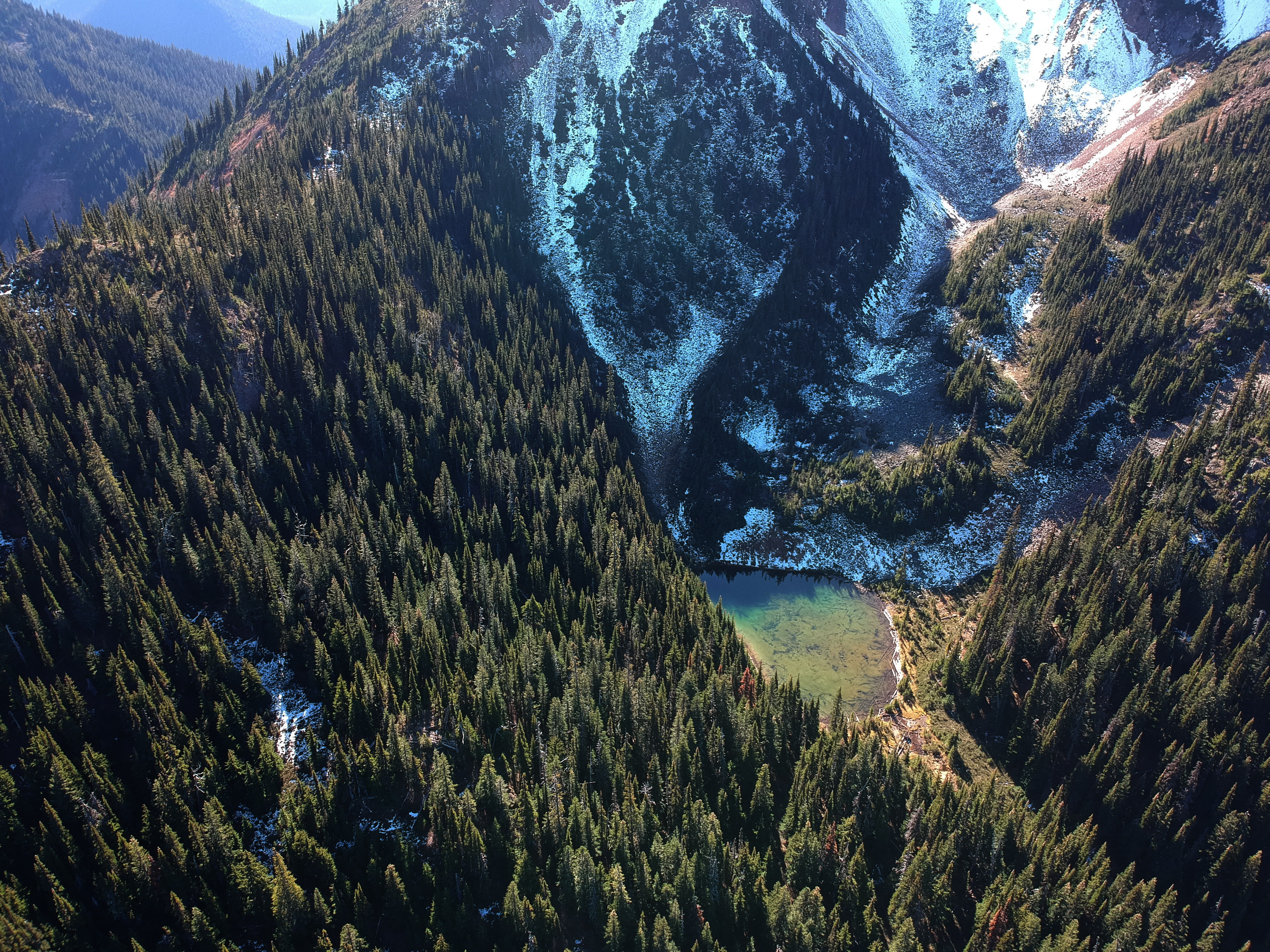
Doubling up on protection
People have been working to protect many beautiful areas in B.C. from things like urban expansion, logging, mining, oil and gas development, and hydro power projects. Over the years, many of these at-risk natural areas have been extensively studied by B.C., Canada and First Nations. Intact watersheds without roads, old-growth forests, critical habitat for threatened and endangered species, hiking trails, fishing spots, First Nations cultural sites and wildlife areas have been mapped, with decades of research highlighting their importance.
These areas are also our most valuable tools in combating the growing threats of biodiversity loss and climate change. Doubling the protected area system is essential to mitigate the impacts of increasing wildfires, floods and erosion, and crucial to prevent the extinction of species like the spotted owl, southern mountain caribou and grizzly bear.
The Wilderness Committee has a consolidated map showing many of these potential protected areas on this webpage. Don’t see your favourite potential protected area on the map? Let us know, and we’ll add it right away.
Map of potential protected areas in B.C.
Together, we’ll get there
The greatest challenge today is the slow pace at which B.C. and Canada are working to increase protected area coverage to 30 per cent of the province by 2030. Many First Nations have proposed some truly spectacular and large IPCAs, but so far, provincial and federal progress has been underwhelming to say the least. Even when Canada has mapped critical habitat for endangered species like the spotted owl, there is no plan for protection. Meanwhile, these same areas are targeted by logging companies eager to exploit resources as fast as they can. That’s just plain wrong.
You can help change this by taking action today — by writing your letter to elected leaders and demanding they take their commitments seriously. Remember, when it comes to nature protection, our silence is deadly. All it takes is our collective voice, time and time again, to push governments to fulfill their promises of 30x30. Together we can make a difference.
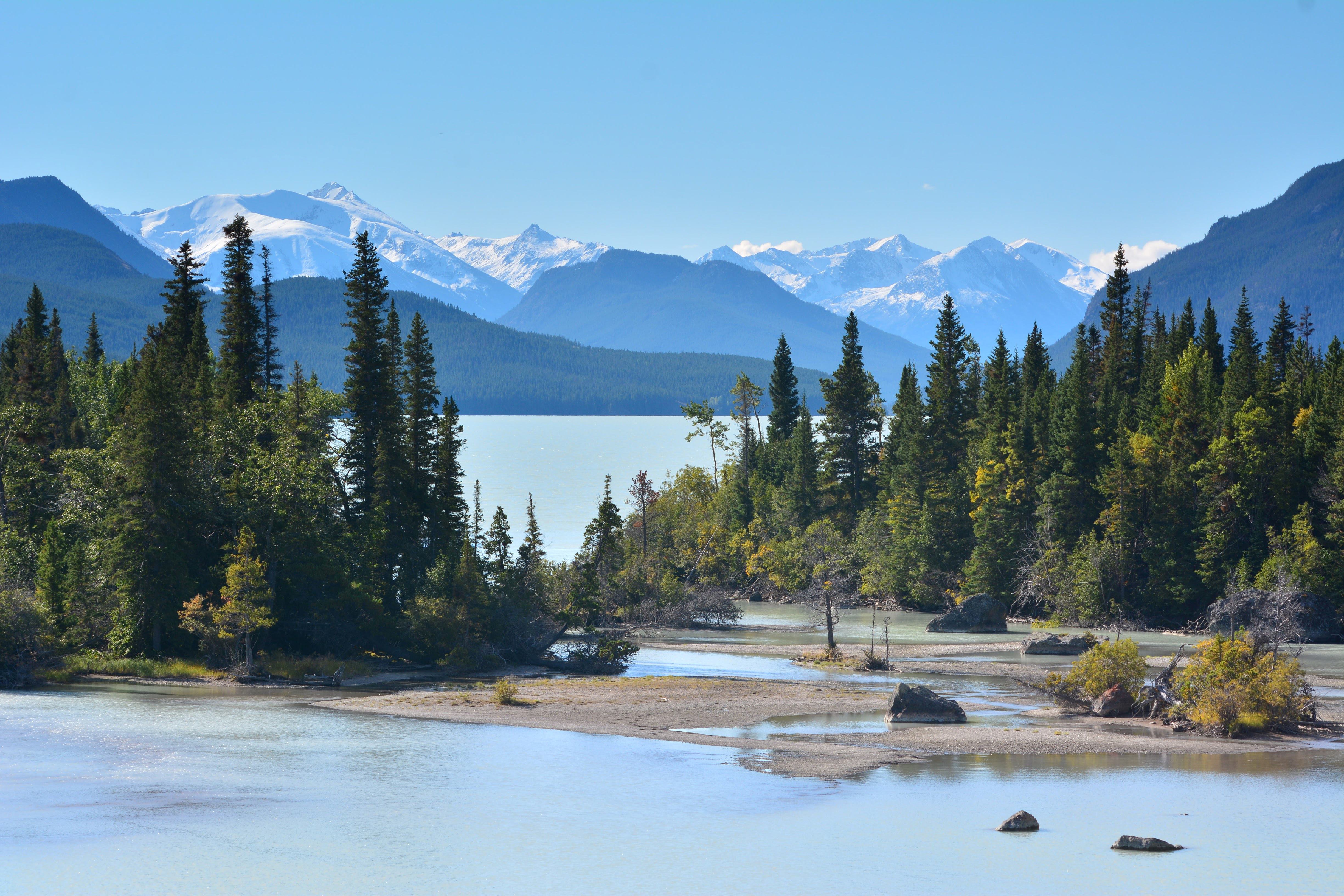
Bill Baby Bill: How A Summer Of Deregulatory Bills Will Hurt Us All
Bills 14 & 15 in B.C., Bill 5 in Ontario, and Bill C-5 federally are part of a coordinated legislative blitz. The goal: gut environmental protections, fast-track destructive industrial projects, undermine Indigenous Rights and concentrate power in the hands of a few.
30x30 Opportunities And Challenges
2023 was the hottest year ever recorded. 2024 is following suit. Over the past few decades, thousands of species have been pushed towards extinction globally. It's a grim picture, but hope remains: a wave of conservation initiatives, aimed at countering the twin crises of climate change and biodiversity loss by protecting 30 per cent of lands and waters by 2030, gains momentum worldwide. Read on about how we get to a better, fairer, safer future.
Campaign Gallery
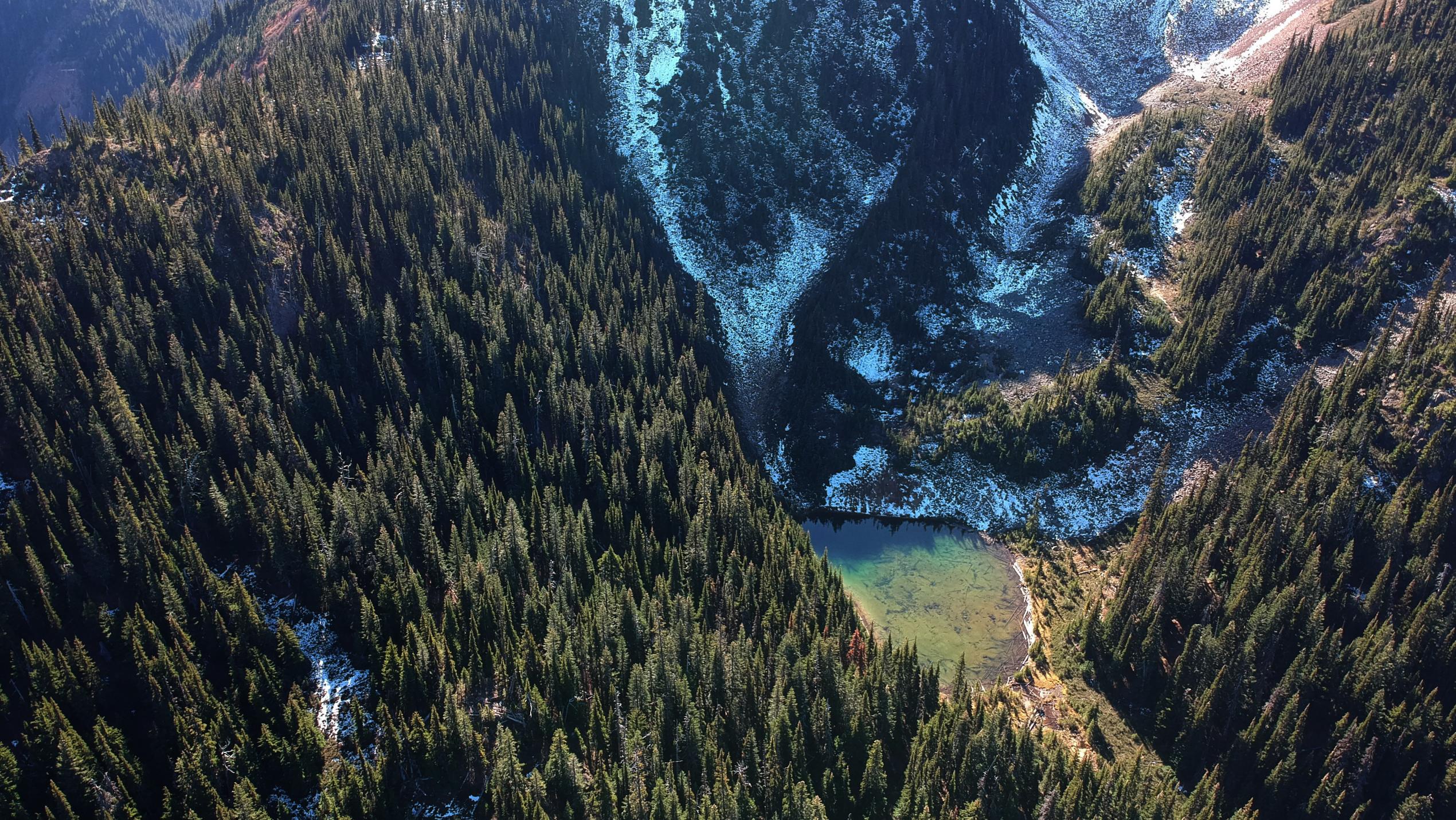
Check Out More Updates
Join Us
Don’t miss your chance to make a difference. Receive campaign updates and important actions you can take to protect wildlife, preserve wilderness and fight climate change.
